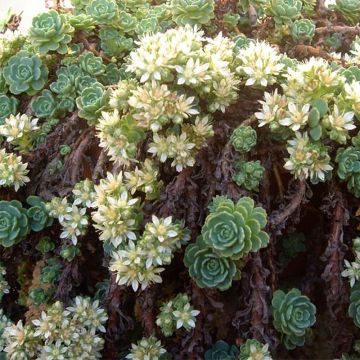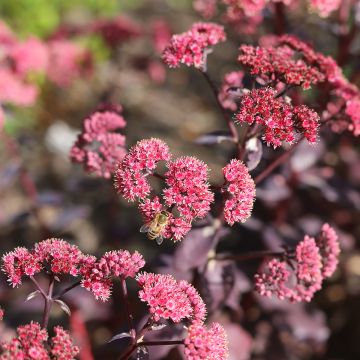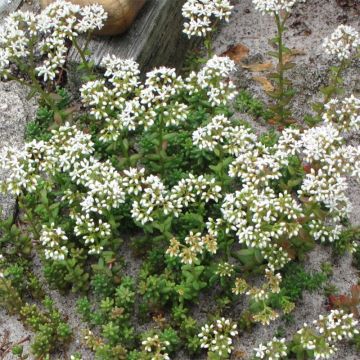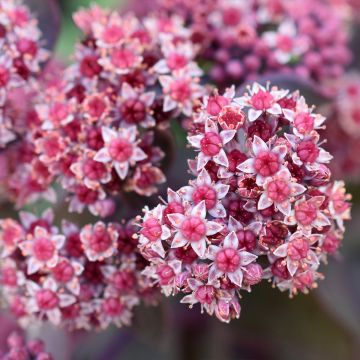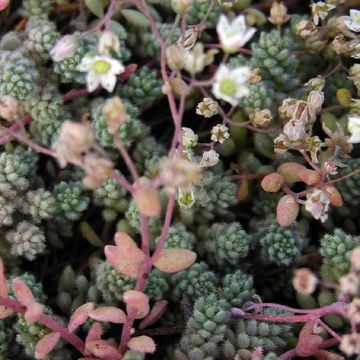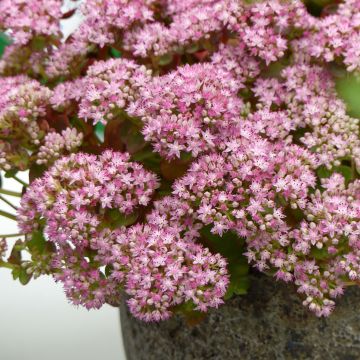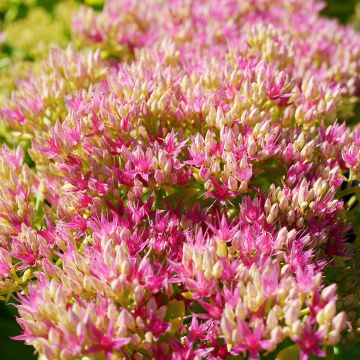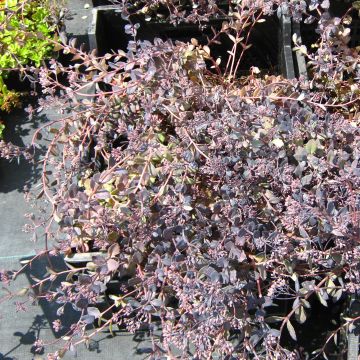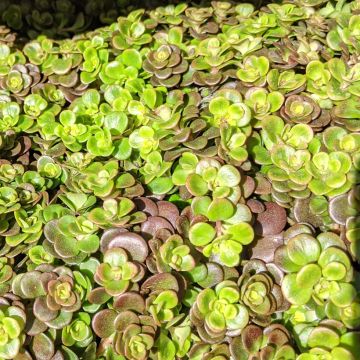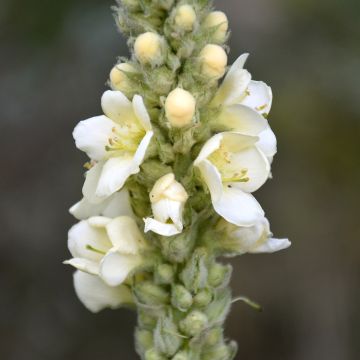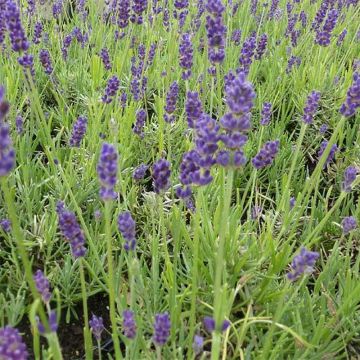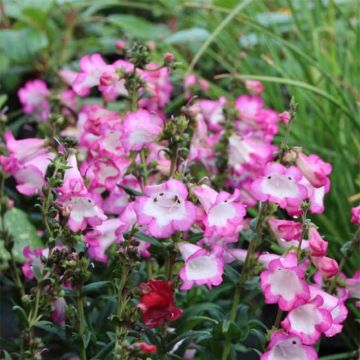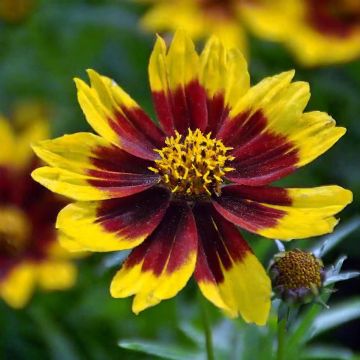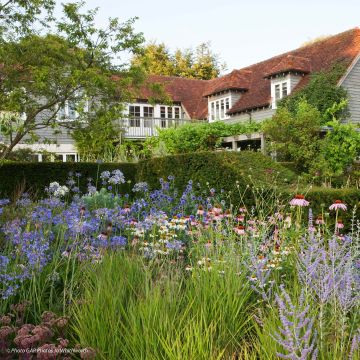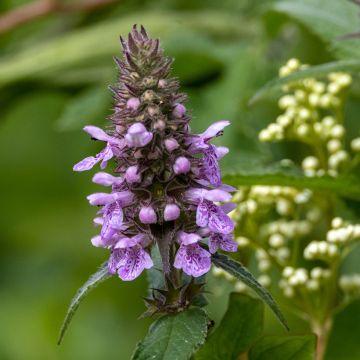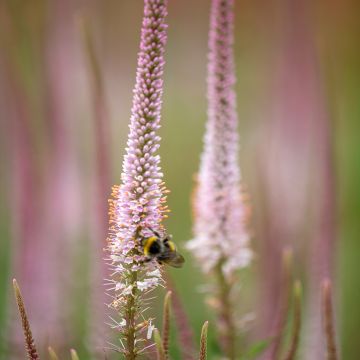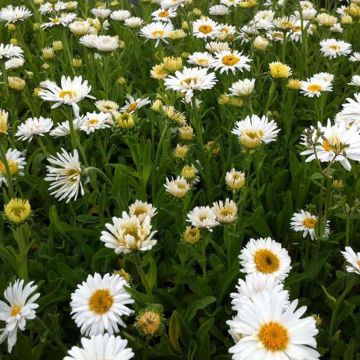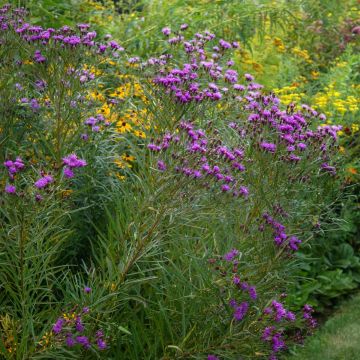Shipping country and language
Your country of residence may be:
Your country of residence is:
For a better user experience on our website, you can select:
Your shipping country:
Andorra
Austria
Belgium
Bulgaria
Canada
Chile
Croatia
Cyprus
Czechia
Denmark
Estonia
Finland
France
Germany
Greece
Hungary
Iceland
Ireland
Italy
Latvia
Lithuania
Luxembourg
Malta
Monaco
Netherlands
Poland
Portugal
Romania
Slovakia
Slovenia
Spain
Sweden
Switzerland
United Kingdom
We only deliver seed and bulb products to your country. If you add other products to your basket, they cannot be shipped.
Language:
French
German
Spanish
English
My Account
Hello
My wish lists
Plantfit
Log in / Register
Existing customer?
New customer?
Create an account to track your orders, access our customer service and, if you wish, make the most of our upcoming offers.
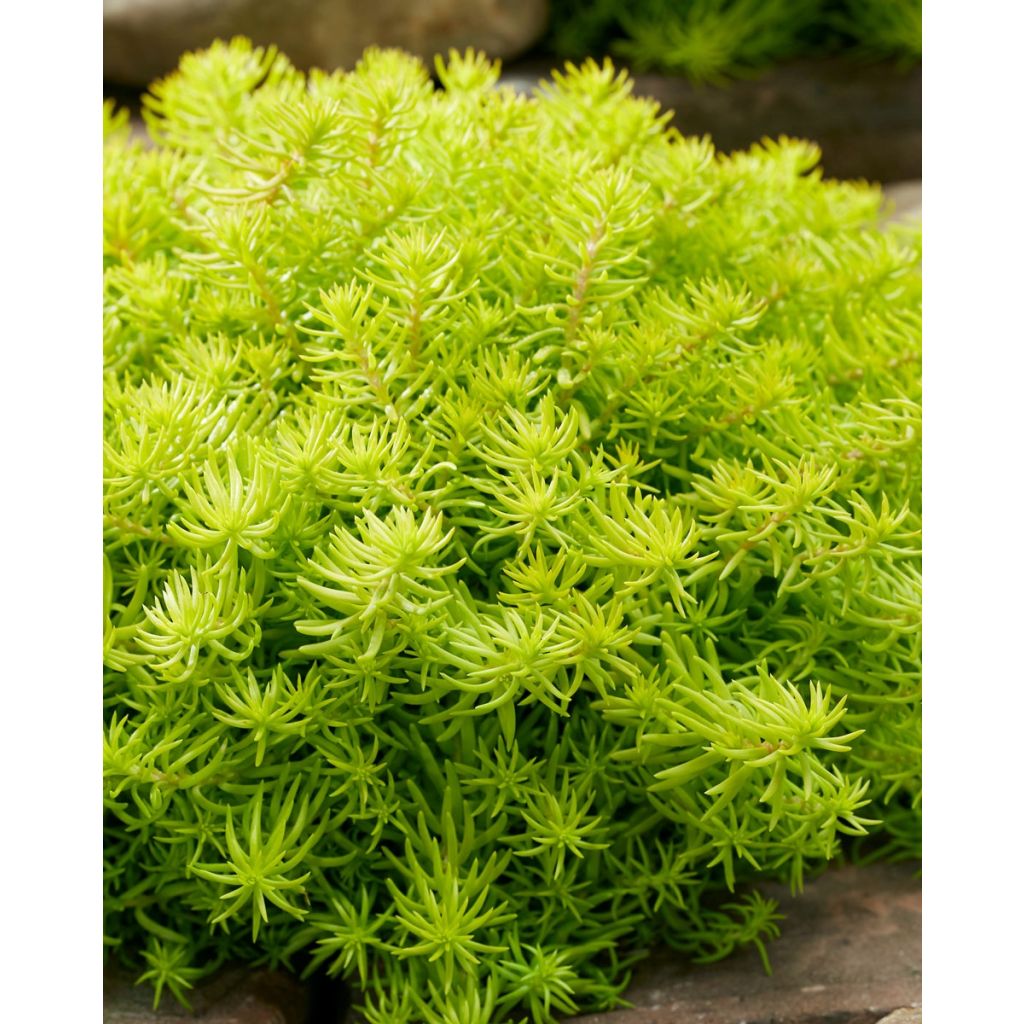

Sedum rupestre Angelinas Teacup - Stonecrop
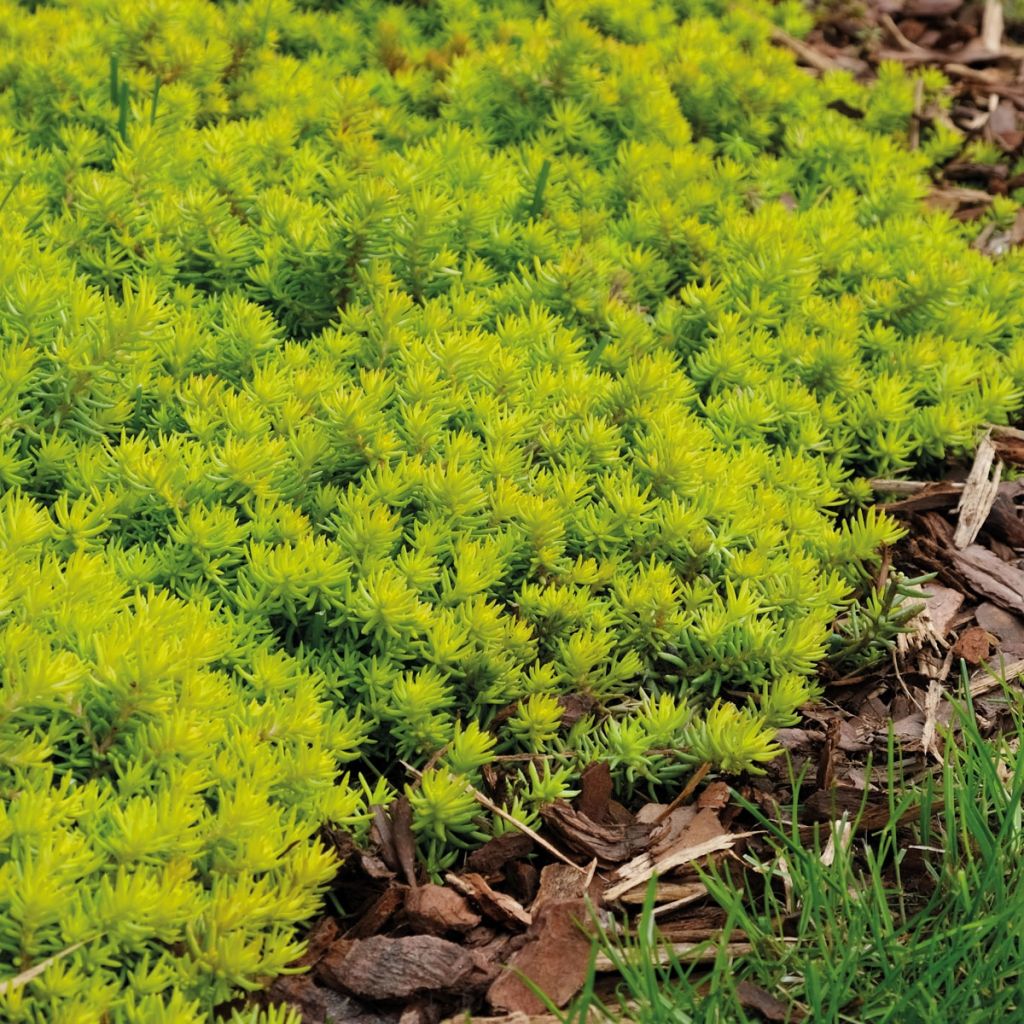

Sedum rupestre Angelinas Teacup - Stonecrop
Sedum rupestre Angelinas Teacup - Stonecrop
Sedum rupestre SUNSPARKLER® Angelina's Teacup
Stonecrop
Top
Loic R., 26/10/2022
Order in the next for dispatch today!
Dispatch by letter from €3.90.
Delivery charge from €5.90 Oversize package delivery charge from €6.90.
More information
This item is not available in your country.
Schedule delivery date,
and select date in basket
This plant carries a 12 months recovery warranty
More information
We guarantee the quality of our plants for a full growing cycle, and will replace at our expense any plant that fails to recover under normal climatic and planting conditions.
From €5.90 for pickup delivery and €6.90 for home delivery
Express home delivery from €8.90.

Does this plant fit my garden?
Set up your Plantfit profile →
Description
Sedum 'Angelina's Teacup' is a compact stonecrop with magnificent golden foliage that takes on orange hues in winter. It forms a persistent and creeping ground cover, which is very effective in rock gardens. It also looks great in pots. Plant it in well-drained, dry and rocky soil, in full sun.
It belongs to the Crassulaceae family, which includes many drought-resistant "succulent" species. The sedum genus itself includes numerous allies for the garden, with varied shapes and colours. Stonecrop is very common in Europe: it naturally grows on dry slopes, old walls, and rocky soils. The wild species has creeping stems with thick, pointed, cylindrical blue-green leaves, and produces small yellow star-shaped flowers in late spring.
The 'Angelina's Teacup' variety, from the SunSparkler sedum series, is a wonderful novelty. Its foliage is a beautiful bright yellow. With cold weather, it takes on warm red-orange tones. This cultivar is an improvement on the famous 'Angelina' variety and has an even more prostrate habit: the clump will not exceed 6cm (2in) in height, with a spread of about 30cm (12in). Furthermore, it has the advantage of not flowering. The shiny and colourful effect of the foliage is always to its advantage, regardless of the time of year.
Sedum 'Angelina's Teacup' requires well-drained, dry, and rocky soil. It is very hardy, but like many related plants, excess winter water can cause it to rot. Also, make sure not to plant it in overly rich soil, where its colours will be less vibrant and the clump less compact, reducing its ground cover power. It will thrive in a very bright exposure, as its foliage does not burn, even in full sun.
It excels in rock gardens or dry borders as a small ground cover alongside other stonecrops (Sedum sediforme, S. sexangulare, etc.), houseleeks (Sempervivum), as well as Alpine Satureja (Acinos alpinus), aubrietas, or Dianthus deltoides 'Flashing Light'. It is very easy to propagate by taking stem cuttings, so you can quickly multiply it. It is also very easy to cultivate in pots to create colourful scenes on a patio or balcony.
Flowering
Foliage
Plant habit
Botanical data
Sedum
rupestre
SUNSPARKLER® Angelina's Teacup
Crassulaceae
Stonecrop
Cultivar or hybrid
Other Sedum
Planting and care
Plant Sedum rupestre in light, rather poor and rocky soil, even very dry, but imperatively well-drained to protect the roots from cold winter moisture. It can tolerate clay soils in regions with dry winters. Excessive fertilisation can distort this variety. Plant it in full sun to enhance foliage colour. This plant is very hardy once established. In pots, provide a layer of gravel for drainage. Divide the plant after 3 to 4 years to encourage vigorous growth. Division will prevent it from thinning out in the centre and stop lateral stems from collapsing onto the ground. Sedums are very easy to propagate by cuttings. In spring, cut a stem or even a leaf and let it dry for a few days in a shady, dry place before placing in a tray of moist sand.
Planting period
Intended location
Care
- , onOrder confirmed
Reply from on Promesse de fleurs
Summer flowering perennials
Haven't found what you were looking for?
Hardiness is the lowest winter temperature a plant can endure without suffering serious damage or even dying. However, hardiness is affected by location (a sheltered area, such as a patio), protection (winter cover) and soil type (hardiness is improved by well-drained soil).

Photo Sharing Terms & Conditions
In order to encourage gardeners to interact and share their experiences, Promesse de fleurs offers various media enabling content to be uploaded onto its Site - in particular via the ‘Photo sharing’ module.
The User agrees to refrain from:
- Posting any content that is illegal, prejudicial, insulting, racist, inciteful to hatred, revisionist, contrary to public decency, that infringes on privacy or on the privacy rights of third parties, in particular the publicity rights of persons and goods, intellectual property rights, or the right to privacy.
- Submitting content on behalf of a third party;
- Impersonate the identity of a third party and/or publish any personal information about a third party;
In general, the User undertakes to refrain from any unethical behaviour.
All Content (in particular text, comments, files, images, photos, videos, creative works, etc.), which may be subject to property or intellectual property rights, image or other private rights, shall remain the property of the User, subject to the limited rights granted by the terms of the licence granted by Promesse de fleurs as stated below. Users are at liberty to publish or not to publish such Content on the Site, notably via the ‘Photo Sharing’ facility, and accept that this Content shall be made public and freely accessible, notably on the Internet.
Users further acknowledge, undertake to have ,and guarantee that they hold all necessary rights and permissions to publish such material on the Site, in particular with regard to the legislation in force pertaining to any privacy, property, intellectual property, image, or contractual rights, or rights of any other nature. By publishing such Content on the Site, Users acknowledge accepting full liability as publishers of the Content within the meaning of the law, and grant Promesse de fleurs, free of charge, an inclusive, worldwide licence for the said Content for the entire duration of its publication, including all reproduction, representation, up/downloading, displaying, performing, transmission, and storage rights.
Users also grant permission for their name to be linked to the Content and accept that this link may not always be made available.
By engaging in posting material, Users consent to their Content becoming automatically accessible on the Internet, in particular on other sites and/or blogs and/or web pages of the Promesse de fleurs site, including in particular social pages and the Promesse de fleurs catalogue.
Users may secure the removal of entrusted content free of charge by issuing a simple request via our contact form.
The flowering period indicated on our website applies to countries and regions located in USDA zone 8 (France, the United Kingdom, Ireland, the Netherlands, etc.)
It will vary according to where you live:
- In zones 9 to 10 (Italy, Spain, Greece, etc.), flowering will occur about 2 to 4 weeks earlier.
- In zones 6 to 7 (Germany, Poland, Slovenia, and lower mountainous regions), flowering will be delayed by 2 to 3 weeks.
- In zone 5 (Central Europe, Scandinavia), blooming will be delayed by 3 to 5 weeks.
In temperate climates, pruning of spring-flowering shrubs (forsythia, spireas, etc.) should be done just after flowering.
Pruning of summer-flowering shrubs (Indian Lilac, Perovskia, etc.) can be done in winter or spring.
In cold regions as well as with frost-sensitive plants, avoid pruning too early when severe frosts may still occur.
The planting period indicated on our website applies to countries and regions located in USDA zone 8 (France, United Kingdom, Ireland, Netherlands).
It will vary according to where you live:
- In Mediterranean zones (Marseille, Madrid, Milan, etc.), autumn and winter are the best planting periods.
- In continental zones (Strasbourg, Munich, Vienna, etc.), delay planting by 2 to 3 weeks in spring and bring it forward by 2 to 4 weeks in autumn.
- In mountainous regions (the Alps, Pyrenees, Carpathians, etc.), it is best to plant in late spring (May-June) or late summer (August-September).
The harvesting period indicated on our website applies to countries and regions in USDA zone 8 (France, England, Ireland, the Netherlands).
In colder areas (Scandinavia, Poland, Austria...) fruit and vegetable harvests are likely to be delayed by 3-4 weeks.
In warmer areas (Italy, Spain, Greece, etc.), harvesting will probably take place earlier, depending on weather conditions.
The sowing periods indicated on our website apply to countries and regions within USDA Zone 8 (France, UK, Ireland, Netherlands).
In colder areas (Scandinavia, Poland, Austria...), delay any outdoor sowing by 3-4 weeks, or sow under glass.
In warmer climes (Italy, Spain, Greece, etc.), bring outdoor sowing forward by a few weeks.
